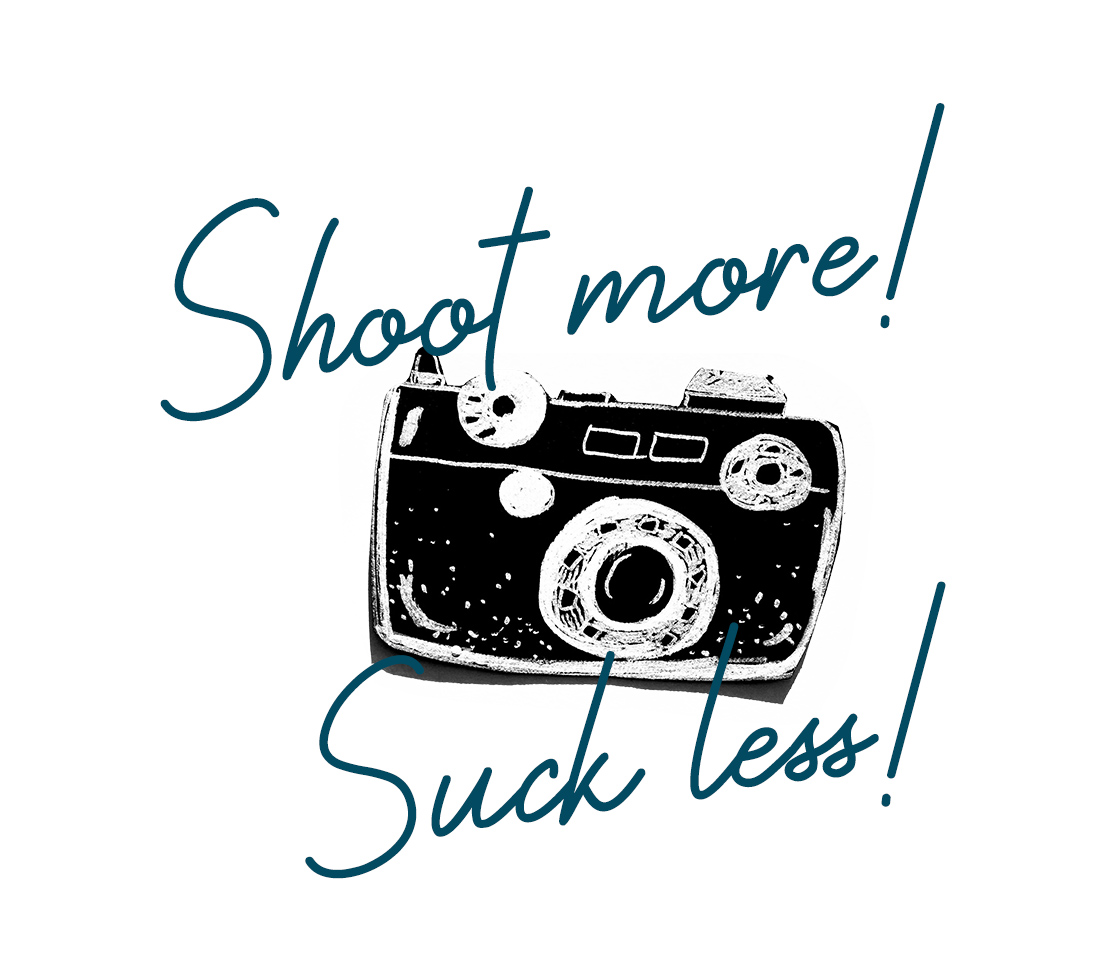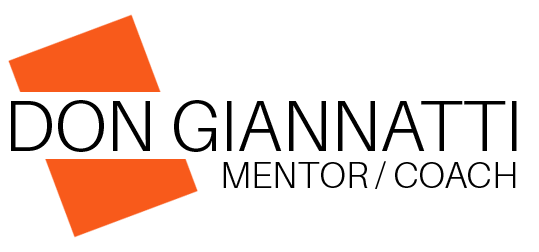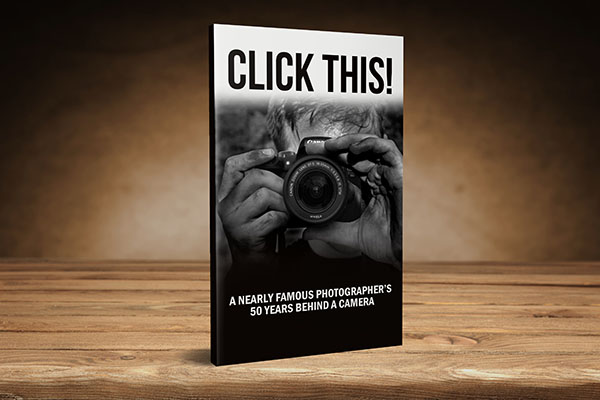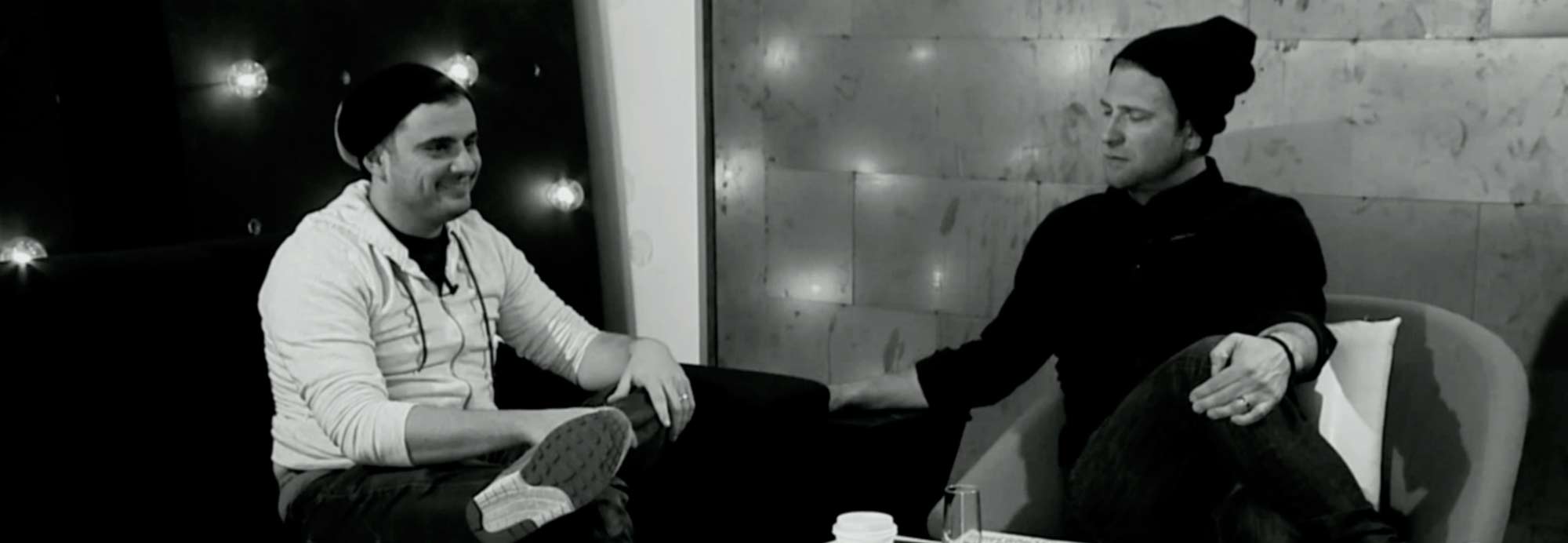Why it is a bad idea to build your house on someone else’s land.
Back in the early days of the internet publishing was simple. If you had something to say, you would find a forum or similar space and say it. And people would agree or disagree or simply not engage with you.
It was the wild west times of the internet. No controls, but also no central container. It was hard to find and difficult to follow for those who wanted to read what you had to say.
Then came weblogs. Then, because we do this to everything, ‘blogs’.
A terrible, stupid, and not very brandlike moniker for something quite innovative.
At first rough and unedited, they provided the ability for someone to publish thoughts, ideas, art, writing, poems, commentary, and more directly to those who wanted that content.
No filters, no gatekeepers. A pure publisher/reader relationship developed because the content kept the reader informed, entertained, or otherwise engaged. If the content was good, and it engaged viewers, then the readership would expand.
Then, as with all transactional relationships, gatekeepers saw a way to make money from other people’s transactions. Zuckerburg realized the power of data and discovered tons of it in the transactional relationships of friends and college kids looking for a quickie between art history and gender studies class.
We entered (stumbled into) the “social media” landscape which is actually a giant wall of gatekeepers. A content controlled, freedom-hating ecosphere of greedy managers and middlemen who understood that if they gave something away, the people who took it would become their product.
They productized the content created by others. And they kept tight control of it by building a space around that content that was at first a protection and then became a prison. Once in, it was nearly impossible to leave.
In order to be seen on Facebook, you must join Facebook.
In order to be seen on Instagram, you have to join Instagram.
In order to post on Linkedin, you must be a member of Linkedin.
In order to post on Twitter, you have to be a meanspiritedfuckfacedasshat… and be a member of Twitter.
Ditto every other “social media” platform out there.
Gardens of content. Giant impenetrable walls surrounding them.
Walled gardens of control of all content.
We went from simple editors and a few competitive publications to giant monopolistic tech oligarchs who display no sense of fairness or interest in anything but their own big, fat, wallets.
A mistake was made. A big one.
We built our homes on someone else’s land.
Where once photographers could build engagement by staking their claim, building their publication, and engaging directly with those who wanted to see or hear from them, they left in droves for the ‘walled gardens’ of Facebook and Instagram. Inspired by the marketing genius of Zuckerburg and others, they bought into the lie that all they needed was a Facebook account. Clients would pour in. Hell, you may have to add accountants just to count all the money you will make by giving up your own online home and taking free space from Zucks…
So few photographer’s blogs are around today that it really shows how lemming-a-fied the world has become. (Maybe it was always that way, I dunno really.)
They bought the bullshit Koolaid that being in the group was cool, and free – of course – and easy.
Oh so fucking easy!
Not having to create content, grapple with self-promotion, or have to do the super hard work of ‘doing it’, they (we) all settled for the easy button.
Like lambs to the slaughter, we went merrily down the path of letting some other assholes own our work. Distribute it any way they wanted to. Market it any way they wanted to. Make shit-tons of money from the data it carried and give us (the creators) nothing.
Well, they give us grief. They encouraged us to build ‘fan pages’ which then became just ‘pages’ and we spent millions of dollars promoting them to capture the numbers of visitors we could use for our own promotion. Only to watch it fall to the algorithm changes (aka ‘we need your fkn money, asshat. Pay us or no one is going to see the work you do.’)
And we had a lot of sad marching sheep who would defend it by the old “well, it’s free so you shouldn’t complain” bullshit. A lie, but lying is ‘supercool’ now. All the cool kids do it so nevermind.
Now it comes to bear again.
“Hey photographers (read “suckers”) post your images on Instagram and get famous… whoa, seriously!!! Awesomeness will follow! Give up your own distribution and join us in our lovely walled garden. It’s free, but most importantly it’s easy.”
And that is what everyone wants today.
Free. And easy.
Except it is neither.
I still have real estate that is not part of the walled garden. I will continue to maintain it while these things suck the life out of art, engagement, and bank accounts.
Want to do well on Instagram (remember – free and EASY) – well here’s what you have to do.
One. Use Instagram tools exclusively. If there are none that you like, shove off wanker… that ain’t how the game is played.
Two, spend most of your waking hours on Instagram.
3 feed posts per week (reels & IGTV you choose to post to feed count here)
• 8-10 stories per week, preferably 2+ per day
• 4-7 reels per week
• 1-3 IGTV a week
Three. Be consistent and never stray.
Here is a blog post by someone who had a meeting with the good folks over at Instagram. They explained their algorithm sorting (well, some of it) with the photographer and it is quite enlightening.
Read it here:
Why your Instagram Engagement Kinda Sucks Right Now
Still think Instagram is the way to go?
(My belief is that you should indeed have an Instagram. It should be a curated set of images that are relational to the kind of work you do, or themselves, or be a touch of whimsy that is tied together by a theme. A random set of images is not going to make a difference. Stop worrying about tags, followers, engagements, and all that crap, and just keep it there as a direct link to your website.)
Unless you have no website because you thought all you needed was a Facebook account.
Sorry.
See you all next time
(Photo by Waldemar Brandt on Unsplash)
And remember:

STEAL (Like an Artist) – A Fun Talk on Creative “Shoplifting”
UX Week 2012 | Austin Kleon | Steal Like An Artist from Adaptive Path on Vimeo.
Gary Vaynerchuk on Why We Market
One of the gems from this presentation was the question/comment from the person who was really, I think, speaking for so many of us when they asked why they couldn't just do their stuff, and why had marketing become so incredibly intense. Gary and Chase nearly...
Mailers for Kyle D Jones, Photographer
Kyle needed a drop off piece / mailer to begin his marketing campaign for 2014. We designed this double sided card to represent the areas of photography he is most comfortable shooting. His market is a small one, and heavy with food/lifestyle/people, so we...
Your Work: Valued or Devalued?
A great way to devalue what you do is to charge for it in a way that actually devalues it. Say... mini-sessions. Or whatever they are called. A 'cheaper' alternative to the non-mini-sessions one can assume. So they aren't paying for the image quality, or the vision of...
Critics are NOT Your Audience
A wonderful discussion on the critics among us, and of what value they bring to our lives. Clue: not that much.
The Critic
"It is not the critic who counts; not the man who points out how the strong man stumbles, or where the doer of deeds could have done them better. The credit belongs to the man who is actually in the arena, whose face is marred by dust and sweat and blood; who strives...



